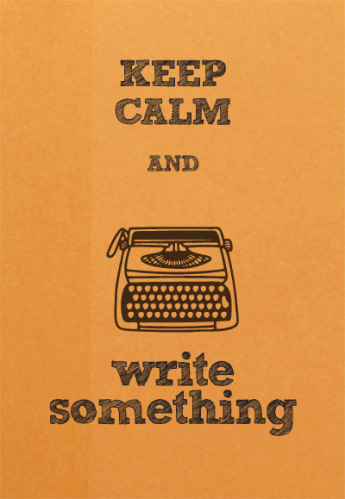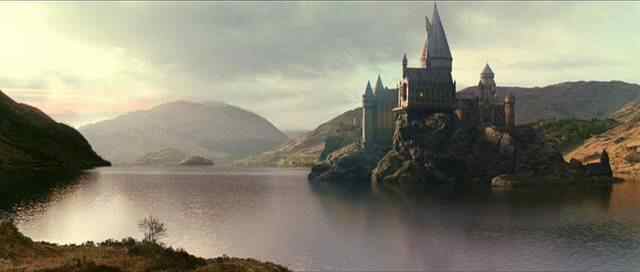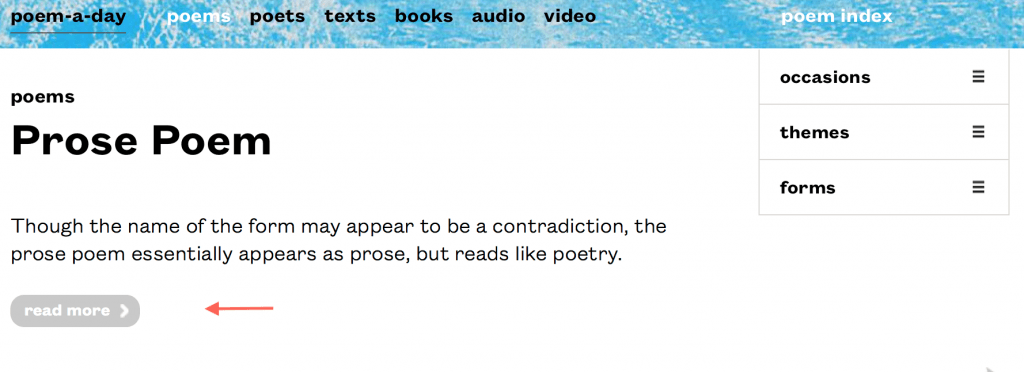 While riding on the train from London to Cardiff, Sherlock Holmes fans Steven Moffat and Mark Gatiss decided to adapt the Arthur Conan Doyle stories into a television series. BBC’s Sherlock doesn’t just recreate the stories, but reimagines them for the 21st century.
While riding on the train from London to Cardiff, Sherlock Holmes fans Steven Moffat and Mark Gatiss decided to adapt the Arthur Conan Doyle stories into a television series. BBC’s Sherlock doesn’t just recreate the stories, but reimagines them for the 21st century.
Revision can, of course, mean changing dialogue so that the characters don’t sound the same. It can mean clearing up confusing passages or making more conscious choices about line breaks. But what happens when a story or poem isn’t working? One way to shake things up is to radically revise. Radical revision involves changing an aspect of the piece and changing it completely. You might switch point of view to one of the minor characters or write the poem in another form. Maybe you set your story in a completely different location–even outer space!
What Sherlock does so well is take the essence of the stories and radically revise them for television. Moffat explains, “Everything that matters about Holmes and Watson is the same. Conan Doyle’s stories were never about frock coats and gas light – they’re about brilliant detection, dreadful villains and blood curdling crimes and frankly, to hell with the crinoline.”
For your journal this week, write about the revisions you noticed in the episode. How did it change from the story? What was the result? You might look at the portrayal of Irene Adler, the relationship between Holmes and Watson, Holmes’ deductive abilities, the adaptation of the plot, or a topic of your own that relates to the elements of fiction. Use examples from both “A Scandal in Bohemia” and “A Scandal in Belgravia.” This should be one of your longer posts (think 500-750 words).
 At the beginning of the semester, I asked you to tell us about your experience with creative writing. You, of course, all had required reading in school. We’ve all read poems, stories, and personal essays but, as you’ve learned, writing them is a completely different experience.
At the beginning of the semester, I asked you to tell us about your experience with creative writing. You, of course, all had required reading in school. We’ve all read poems, stories, and personal essays but, as you’ve learned, writing them is a completely different experience.




